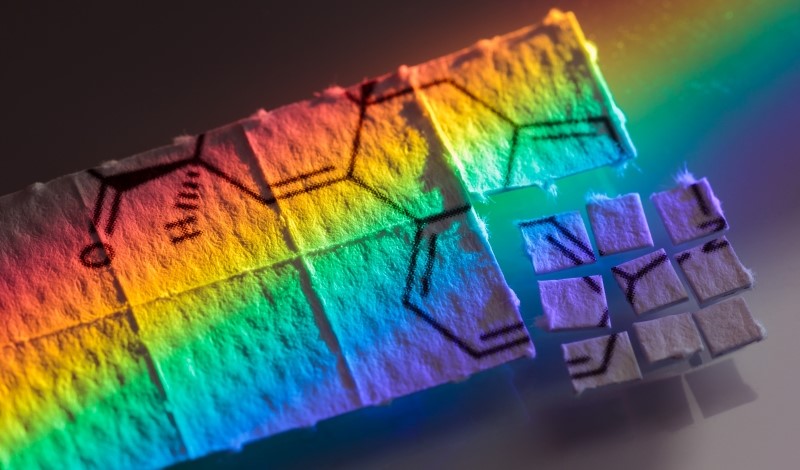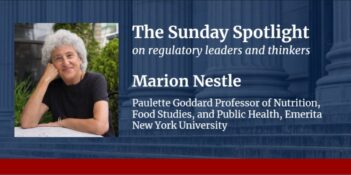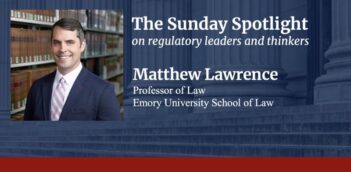
Policymakers should account for the relatively low risks of psychedelics use when deciding how to regulate them.
As the “psychedelic renaissance” grows to a crescendo, the number of prominent voices weighing in on the dissenting side has also increased. In the headwind of accelerating momentum towards decriminalization, dissenters point to increased confiscation of psychedelics by law enforcement, increased emergency room visits for problems related to psychedelic use, and some recent high-profile cases highlighting the potential dangers of recreational psychedelics.
One influential academic researcher compared the rise of psychedelics to the rise of opioids in the early 2000s. Given their importance, let us consider this comparison as we explore some key questions related to psychedelic drug policy.
How safe are psychedelics? When psychopharmacologists talk about drug safety, they typically talk about two dimensions—how addictive the drug is, and how easily it can kill you. Psilocybin and LSD are among the least addictive and least lethal of any drug of abuse.
The lethality of heroin and morphine, as defined by active dose and lethal dose, is roughly 100 times higher than the lethality of LSD or psilocybin. Although the addictiveness of heroin and morphine, which can be defined in a variety of different ways that typically relate in animal or human craving, misuse, and chemical dependence, is high, the addictiveness of psychedelics is low. By these standard measures of drug safety, psychedelics are less dangerous than caffeine.
So, the risks must lie elsewhere.
I recently treated a patient who developed persistent thoughts of ending their life after ingesting mushrooms, which doctors presumed to be psilocybin. This patient, who was already suffering from depression, found a bag of mushrooms in a family member’s nightstand, and impulsively ate them. Their harrowing experience would be trivialized by the colloquial term “bad trip.”
Psychedelic use can have a range of adverse psychological effects, typically relating to the perception of self and reality. A high dose of a psychedelic can cause a person to lose touch with reality and behave in irrational and potentially dangerous ways. And there is a risk that adverse reactions, ranging from mild disturbances in cognition to full blown psychosis, can persist after the drug is out of the system. These adverse reactions are imperfectly subsumed in the Diagnostic Statistical Manual by the diagnosis of Hallucinogen Persisting Perceptual Disorder. Recent reports have found that pre-existing symptoms and an unsafe environment for psychedelic use are both predictors of long-term adverse reactions, supporting the common wisdom of “set and setting” in moderating the benefit and safety of psychedelics use. If psychedelics are decriminalized, such cases will happen more often—particularly in individuals with a history or strong genetic load for psychiatric illness, and in settings where there is not proper preparation, environment, and respect for the powerful effects of these drugs.
These are challenges that the public health and social systems must tackle. Labeling users of these non-addictive non-lethal substances as criminals increases the barrier to addressing those challenges (although that has not stopped programs such as Fireside Project from creating a psychedelics peer support line).
How common are psychological risks? A prospective survey of adults using psychedelics in recreational settings found that 11 percent of participants reported persisting negative effects two to four weeks later and 7 percent reported persisting negative effects two to three months later. On average, respondents reported persisting reduction in anxiety, depression, neuroticism, and alcohol misuse, and increased spiritual wellbeing after psilocybin use.
And a large epidemiological study found an association between psychedelics use and reduced odds of psychological distress and criminal behavior – a salient exception to every other class of illicit drug reported.
The recent case treated on my psychiatric unit was a notable exception on a ward filled with individuals suffering from addictions to opioid, alcohol, and benzodiazepines. A report exposing increased ER visits in California downplays the fact that psychedelic-related ER visits paled in comparison to alcohol-related visits, which amounted to over 50 times the number of psychedelic-related visits.
Should we prohibit possession of psychedelics such as magic mushrooms and LSD? In my view, criminal prosecution of adults who grow, possess, or use psychedelics should not be a priority on our law enforcement agenda. I would gladly shift every dollar and every minute spent by the criminal justice system prosecuting psychedelic possession to controlling opioids and tackling the obdurate opioid epidemic. If you want a difficult question, then let us debate the incarceration of users of illicit opioids. This one, by comparison, is easy.
Who decides what safe enough means? The American public should. The facts that I have listed above are enough for me to conclude that Americans deserve to have an honest conversation—not one led by the U.S. Drug Enforcement Administration or the U.S. Food and Drug Administration—about if and how we want to decriminalize psychedelics.
This essay is part of a six-part series entitled, Global Perspectives on Psychedelics Regulation.




